I've chosen Eli Yarian, my 2nd great-grandfather, primarily because I haven't written about him previously!
Eli and his brother Benjamin enlisted in Battery D, 1st Regiment Ohio Volunteer Light Artillery on January 28, 1862 and were mustered out on July 15, 1865. Their brother David enlisted with Battery A, 1st Regiment Ohio Volunteer Light Artillery on August 11, 1862 and was discharged with the regiment in 1865.
Another brother, Jonathan, served with Company A of the 35th Regiment Indiana Infantry in which he enlisted in September 1864 while living in Noble County, Indiana. He and his wife, Jane Hook, had moved there in the summer of 1860. Jonathan joined General Thomas' command in Tennessee, and was with his regiment during the concluding campaign in the western part of the Mississippi Valley. He fought at Spring Hill, Franklin and Nashville. On December 16, 1864, during the second days battle at Nashville, Jonathan was severely wounded and taken to Cumberland Hospital, where his left leg was amputated. He was honorably discharged on May 26, 1865 and returned home to Noble County, eventually moving to Nappanee, Elkhart County, Indiana.
Some of the battles that Eli and Benjamin participated in were:
Munfordville, Kentucky... September 14-16, 1862Eli was wounded at the Battle of Nashville, but not seriously. He was transferred to the Eastern Army at Fort Fisher and then to Cleveland where he was discharged in July 1865. In the spring of 1866, Eli and Benjamin moved to Elkhart County, Indiana and made their homes in Locke Township. In the fall of 1866 they both got married. Eli on the 22nd of September to Lovina Berlin and Ben married Eliza Coppes on the 25th of December. Lovina's family had lived in Portage County, Ohio and moved to Elkhart County in 1864 so it is likely that Eli and Lovina knew each other prior to coming to Elkhart County. Purely conjecture on my part, but it's possible that the reason Eli came to Elkhart County after the war was because Lovina was there! Maybe, maybe not.
Lavergne, Tennessee... December 26, 1862
Siege of Knoxville... November 17 to December 4, 1863
Kingston, Georgia... May 24, 1864
Siege of Atlanta... July 28 to September 2, 1864
Franklin, Tennessee... November 20, 1864
Nashville, Tennessee... December 15-16, 1864
I'm very fortunate to have a photograph of Eli, which was sent to me in May .. by Kathy Foster who is distantly related to William Walker, the husband of Eli's sister Susanna. I wrote about that “Happy Dance” moment in February ...

Eli's life came to a tragic end at about noon on Monday January 28, 1895 as he was assisting a neighbor in cutting down a tree. It fell in the opposite direction than was expected, striking him in the head. Death was instantaneous.

Eli is buried alongside his wife Lovina and two young daughters in South Union Cemetery, Locke Township, Elkhart County, Indiana. Note that his inscription has the year 1894. His obituary was published in the Nappanee News on January 30, 1895 and his estate entered probate on March 1, 1895. This photo was taken on July 12, ... I've visited the site several times since then, the last time being in the spring of ...
The inscription on the gravemarker reads:YarianLovina 1845 – 1932Eli 1839 – 1894
The inscription on the footstone reads:ELI YARIANCO. D.1ST OHIO L.A.
Eli and Lovina were the parents of seven children:
- Estella E. Yarian (29 Oct 1867 – 07 Feb 1935) married Theodore B. Irvine and had two children: Harry and Frederick.
- Willis Oscar Yarian (18 May 1870 – 07 Dec 1948) married Grace Melvin and had two children, Harold and Grace Maxine.
- Susie Lula Yarian (05 Jan 1872 – 29 Apr 1956) married Henry Phend and had 10 children. See Phend Family Index to Posts. Susie and Henry are my great-grandparents.
- Edith M. Yarian (19 Feb 1875 - 01 Mar 1875)
- Lydia Blanche Yarian (17 Sep 1878 – 03 Jul 1889)
- Mary Winifred Yarian (26 Dec 1881 – 22 Mar 1945) married Earl Glen Rosbrugh, had three children: Pauline, Mildred and Glenwood.
- James Arthur Yarian (31 May 1884 – 12 Feb 1930)
 (Photo by Julie Labrecque)
(Photo by Julie Labrecque)


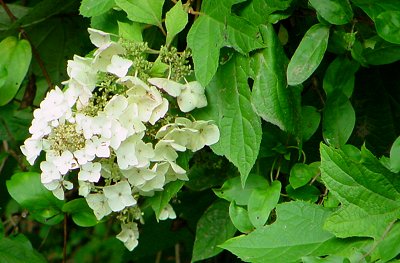
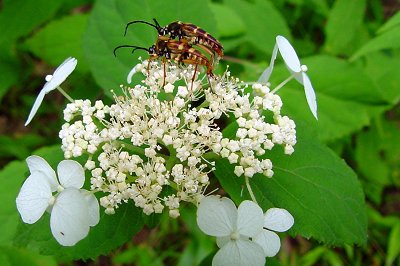
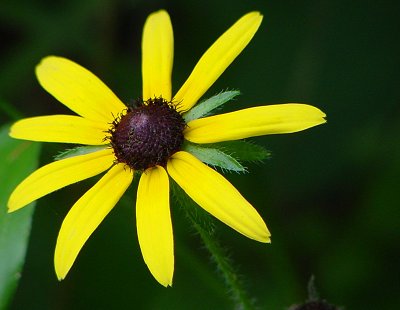
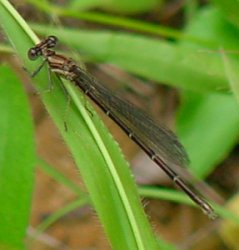
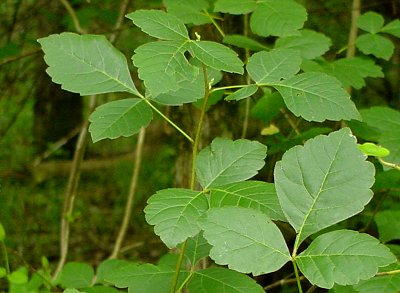
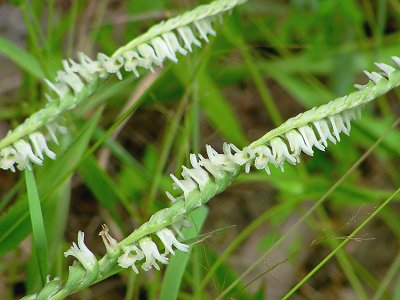
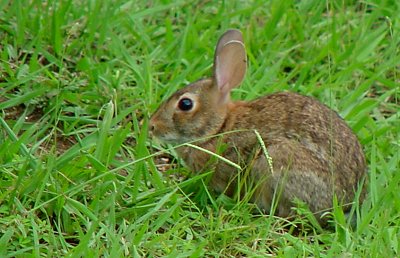
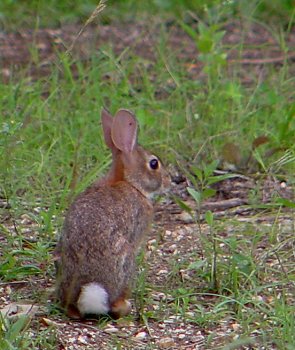

 this wild aster came up right next to my horse trailer which I almost never use. It got no care and only watered when it rained which wasn't at all until recently. But it grew, and bloomed even with out any water. Wish all flowers were this tough.
this wild aster came up right next to my horse trailer which I almost never use. It got no care and only watered when it rained which wasn't at all until recently. But it grew, and bloomed even with out any water. Wish all flowers were this tough.



 We saw lots of swans, geese, the odd grebe and heron. A little later a noisy flock of geese clattered over our heads before coming down on the water. And a pair of bullfinches flew out of one of the hedges.
We saw lots of swans, geese, the odd grebe and heron. A little later a noisy flock of geese clattered over our heads before coming down on the water. And a pair of bullfinches flew out of one of the hedges.
 A bullock-moot
A bullock-moot